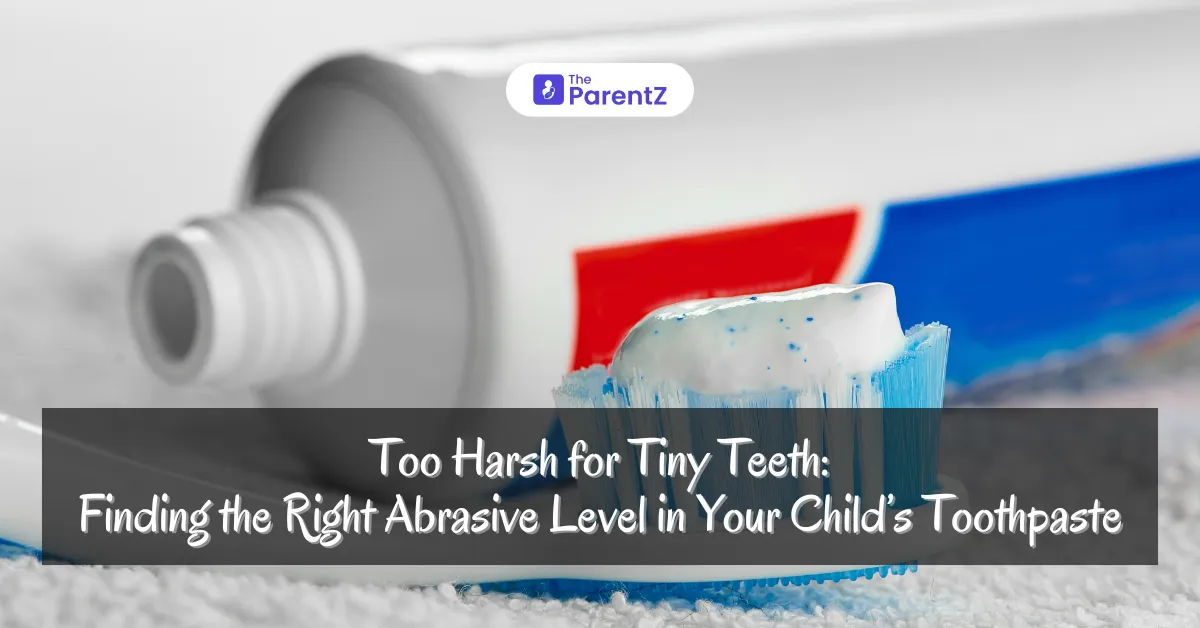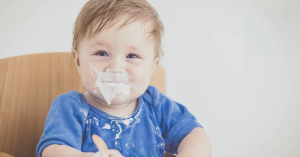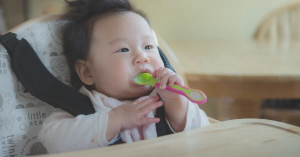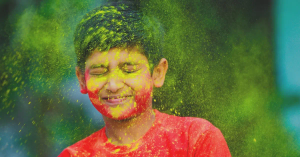Every parent knows that brushing is essential for their child’s dental health. But did you know that using the wrong toothpaste can actually harm your child’s teeth instead of protecting them? While fluoride is often the main focus when choosing toothpaste, the abrasiveness of the toothpaste also plays a crucial role in ensuring healthy enamel.
Many adult toothpastes contain strong abrasives designed to remove stains and plaque from tougher enamel. However, children’s teeth are softer and more delicate, making high-abrasion toothpaste potentially damaging. If the toothpaste is too harsh, it can wear down the enamel, leading to increased sensitivity and a higher risk of cavities in the future.
What Is Relative Dentin Abrasivity (RDA), and Why Does It Matter?
Toothpaste contains small, grainy particles called abrasives, which help remove plaque, food debris, and surface stains. While these abrasives are necessary for cleaning, excessive abrasiveness can cause gradual enamel erosion.
The Relative Dentin Abrasivity (RDA) scale measures how abrasive a toothpaste is. The higher the RDA value, the more aggressive the toothpaste is in scrubbing the teeth.
• Low Abrasivity (0-70 RDA) – Gentle enough for children’s developing teeth.
• Medium Abrasivity (70-100 RDA) – Suitable for older children and adults with healthy enamel.
• High Abrasivity (100-150 RDA) – Designed for stain removal but can be too harsh for children.
• Very High Abrasivity (150+ RDA) – Strong stain removers that can cause enamel wear over time.
For children, dental experts recommend toothpastes with an RDA below 60 to ensure safe and effective cleaning without damaging their soft enamel.
The Best Abrasive Levels for Different Age Groups
Since children’s teeth go through different stages of development, the ideal level of toothpaste abrasivity changes as they grow:
• Under 3 years old: Babies and toddlers have very soft enamel, so they should use a toothpaste with an RDA of below 50. A smear (the size of a grain of rice) is enough, as young children tend to swallow toothpaste instead of spitting it out.
• Ages 3-6: At this stage, primary teeth are still developing, so a low-abrasion toothpaste (RDA 50-60) is ideal. A pea-sized amount should be used.
• Ages 6 and older: Once permanent teeth start erupting, a medium-abrasion toothpaste (RDA 60-70) can be introduced. However, avoid anything with an RDA above 100, as it can damage enamel over time.
Since most adult whitening toothpastes have an RDA of 100 or more, they are not suitable for children. Parents should check the toothpaste label or choose a product specifically formulated for kids to ensure safe abrasivity levels.
How to Identify the Right Toothpaste for Kids?
Many toothpaste brands do not list RDA values on the packaging, making it difficult for parents to determine the abrasivity level. Here are a few ways to ensure you’re choosing the right toothpaste:
1. Look for age-appropriate toothpaste – Toothpaste labeled for children under 6 usually has low abrasivity.
2. Check for ADA or IDA approval – The American Dental Association (ADA) and Indian Dental Association (IDA) recommend safe fluoride and abrasivity levels for children’s toothpaste.
3. Avoid toothpastes labeled ‘whitening’ – These often contain stronger abrasives that can wear down enamel.
If you’re unsure about the RDA value of a toothpaste, you can check the manufacturer’s website or ask your pediatric dentist for recommendations.
The Right Ingredients to Look for in Kids’ Toothpaste
Aside from the abrasivity level, parents should also pay attention to the ingredients in their child’s toothpaste. The right ingredients can strengthen enamel, fight cavities, and keep their teeth healthy without unnecessary exposure to harmful substances.
Beneficial Ingredients in Kids’ Toothpaste:
• Fluoride (1000-1500 ppm) – Essential for strengthening enamel and preventing cavities. For children under 6, a fluoride concentration of around 1000 ppm is recommended.
• Calcium and Phosphate Compounds – These minerals help remineralize enamel, making it stronger and more resistant to cavities.
• Xylitol – A natural sweetener that also helps reduce the growth of cavity-causing bacteria.
• Hydrated Silica or Calcium Carbonate – Gentle abrasives that clean teeth without causing damage.
• Mild Flavors – Mint-free or mildly flavored toothpaste encourages kids to brush without the burning sensation of strong adult toothpaste.
Ingredients to Avoid!
• Sodium Lauryl Sulfate (SLS): A foaming agent that can cause mouth irritation.
• Triclosan: An antibacterial agent that has been linked to health concerns.
• Harsh Chemical Dyes and Artificial Sweeteners: Unnecessary additives that do not contribute to oral health.
• Strong Whitening Agents: These can be too abrasive for young teeth and lead to enamel erosion.
By selecting a toothpaste with the right balance of safe abrasives, cavity-fighting fluoride, and gentle cleaning agents, parents can protect their child’s smile without exposing them to unnecessary risks.
Final Thoughts
Toothpaste is a vital part of maintaining good oral hygiene, but not all toothpastes are created equal. Choosing a toothpaste with the right abrasivity level and safe ingredients can help ensure that your child’s teeth remain strong, healthy, and protected.
Since children’s enamel is still developing, a low-abrasion toothpaste (RDA below 60) is ideal for preventing enamel wear while effectively cleaning their teeth. Always check for age-appropriate recommendations, avoid harsh whitening formulas, and prioritize fluoride-based protection.
By making informed choices, you can safeguard your child’s dental health and set them on the path to a lifetime of bright and healthy smiles!






